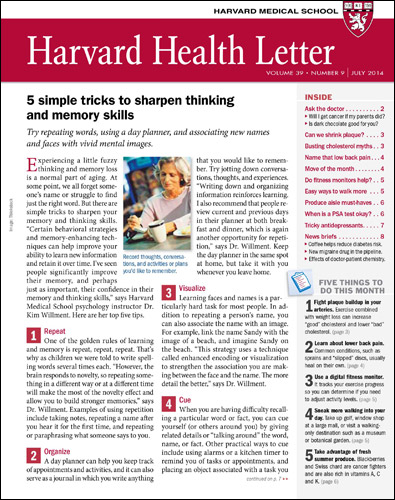Editorial calls for more research on link between football and brain damage

Is brain damage an inevitable consequence of American football, an avoidable risk of it, or neither? An editorial published yesterday in the medical journal BMJ poses those provocative questions.
Chad Asplund, director of sports medicine at Georgia Regents University, and Thomas Best, professor and chair of sports medicine at Ohio State University, offer an overview of the unresolved connection between playing football and chronic traumatic encephalopathy, a type of gradually worsening brain damage caused by repeated mild brain injuries or concussions.
This condition was first described in a football player in 2005, after University of Pittsburgh experts performed an autopsy on Pittsburgh Steelers center Mike Webster, whose life had taken a downward turn after his retirement from professional football. Since then, researchers have linked chronic traumatic encephalopathy to the wasting away of brain tissue, the buildup of brain proteins linked to dementia and Alzheimer’s disease, memory loss, depression, anger, and other behavioral and emotional problems.
So far, all cases of autopsy-proven chronic traumatic encephalopathy have been in players who sustained repeated blows to the head. That’s a fact of life for almost all professional football players. But some of those with the condition had never been diagnosed with a concussion. According to Asplund and Best, this suggests that a series of head injuries that don’t cause concussions may lead to chronic traumatic encephalopathy or be an important risk factor for it.
So here’s the big question: does playing football cause chronic traumatic encephalopathy, or are some people who play football already at higher risk for developing it? Repeated head injuries may, indeed, directly cause chronic traumatic encephalopathy. At the same time, it’s possible that the players who sustain brain injuries are genetically prone to them or to other factors that increase the likelihood of developing dementia, emotional or behavioral issues, or premature death.
It’s essential to answer the cause and effect question, in part because not knowing the answer has generated fear among players. San Francisco 49ers linebacker Chris Borland, one of the National Football League’s top rookies in 2014, recently announced his retirement from professional football because of his worries about the long-term effects of repetitive head injuries. In addition, some parents of even younger players, fearing the potential hazard from head injuries, are keeping their kids from playing football, soccer, and other sports.
The Football Players Health Study at Harvard University aims to provide some solid answers. Its organizers hope it will do for football what the Framingham Heart Study has done for heart health and the Nurses’ Health Study has done for nutrition.
The 10-year study, launched in 2013, aims to explore more than just head injuries. It includes a variety of medical conditions that affect football players’ quality of life and length of life. The study is funded by the National Football League Players Association. It has begun by recruiting former NFL players. Let’s hope that this study and other research on sport-related head injury and later brain damage can provide the guidance that players and parents need.
About the Author

Patrick J. Skerrett, Former Executive Editor, Harvard Health Publishing
Disclaimer:
As a service to our readers, Harvard Health Publishing provides access to our library of archived content. Please note the date of last review or update on all articles.
No content on this site, regardless of date, should ever be used as a substitute for direct medical advice from your doctor or other qualified clinician.
















